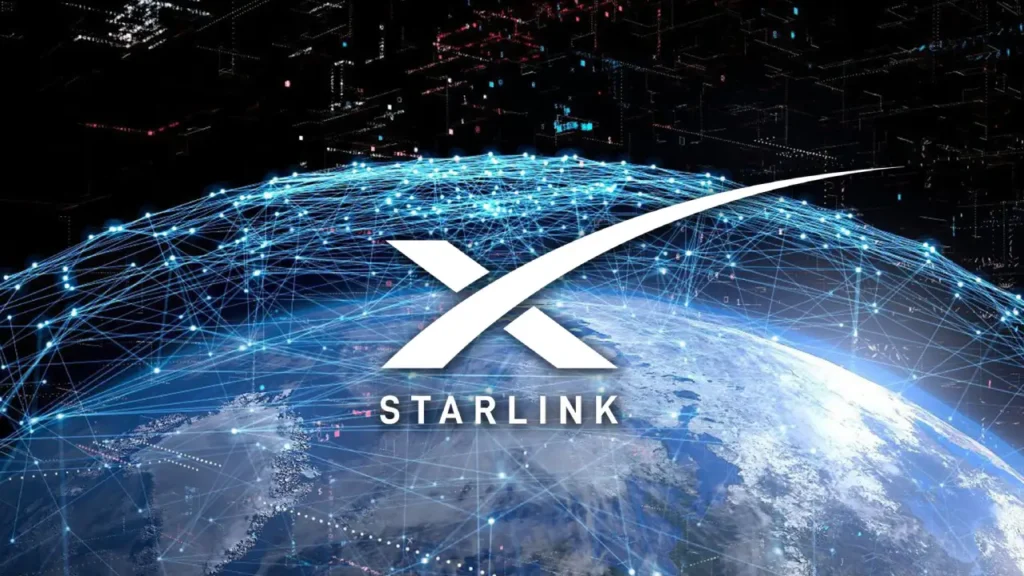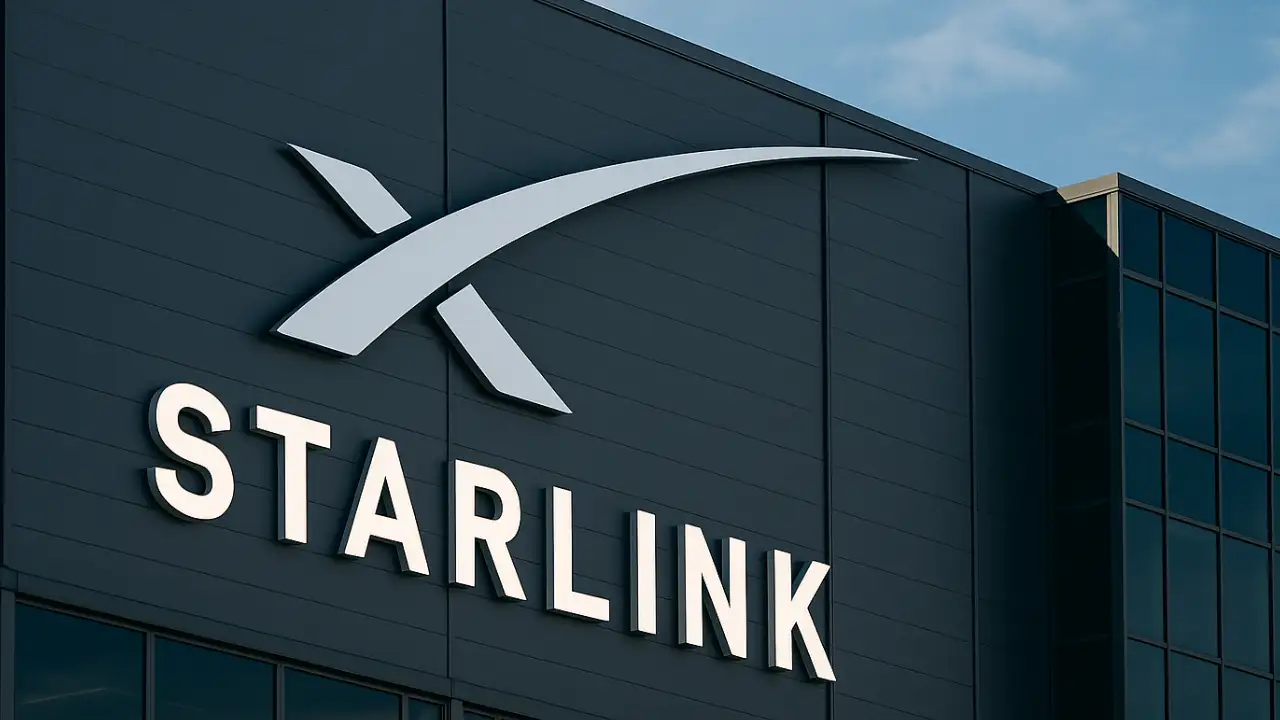SpaceX Starlink is turning a bold idea into reality bringing high-speed internet to even the most isolated towns or boats sailing in the middle of the ocean. What once seemed like a futuristic dream is now possible, thanks to this ambitious satellite internet project by SpaceX.

Starlink wants to give people throughout the world rapid, low-latency internet connection by deploying thousands of satellites into space. But how does Starlink actually send internet from space? In this blog, we’ll talk about the basic technology, how it works, its pros and cons, and why it’s changing the way people interact, especially in areas that don’t have good internet access.
What is Starlink?
SpaceX, the aerospace corporation created by Elon Musk, made Starlink, a constellation of satellites that provide internet access. The idea is to bring high-speed internet to places where regular internet service is slow, unavailable, or too expensive.
Key Facts:
- Operated by: SpaceX
- Service Type: Low Earth Orbit (LEO) satellite internet
- Target Users: Rural, remote, maritime, and even urban customers globally
- Active Satellites: Over 5,500 (as of 2025), with plans to expand to 12,000+
Key Features and Benefits
1. Global Coverage
Starlink’s network of satellites covers every corner of the globe—including oceans, deserts, forests, and remote mountain ranges.
2. High Speeds
Users can get download speeds between 100 Mbps to 250 Mbps in most regions, with lower latency than traditional satellite internet.
3. Low Earth Orbit (LEO) Advantage
Starlink satellites operate at around 550 km above Earth, compared to 35,000 km for geostationary satellites—this drastically reduces latency, improving performance for video calls, gaming, and more.
4. Portable Hardware
Starlink offers a Dish (Dishy McFlatface), router, and power supply—designed for quick installation and portability.
5. Innovative Use Cases
- Maritime internet for ships
- Rural connectivity in India and Africa
- Emergency communication in disaster zones
- Internet for RVs and mobile homes
How Starlink Works: The Technology Behind It
1. Satellite Constellation in Low Earth Orbit
Starlink launches small satellites in batches using its Falcon 9 rockets. These satellites form a mesh network around the Earth, constantly moving and creating seamless coverage.
2. Ground Stations (Gateways)
These are Starlink’s Earth-based stations that connect to the fiber internet backbone. Data from the internet is beamed up to satellites, which then relay it to the user’s terminal on the ground.
3. User Terminals
Each user receives a Starlink dish, which auto-aligns to the nearest satellite overhead. The terminal sends and receives internet signals directly to/from space.
4. Laser Links Between Satellites
Newer Starlink satellites use inter-satellite lasers to pass data between them, allowing direct space-to-space communication. This reduces the need for ground stations and improves coverage in remote or oceanic areas.
5. Routing via Space and Ground
- User sends a request → Dish sends to satellite overhead
- Satellite routes it via lasers to another satellite closer to a ground station
- Data reaches the Starlink ground station and enters the internet
- The response follows the reverse path back to your device
Pros and Cons of Starlink Internet
Pros:
- Available almost anywhere on Earth
- Fast and low-latency performance
- Quick setup, ideal for emergencies
- Improved access in rural India and remote areas globally
Cons:
- Higher cost than fiber or mobile data in cities
- Affected by weather like heavy rain or snow
- Limited speeds during congestion (shared bandwidth)
- Obstruction sensitive—needs a clear view of the sky
Conclusion
Starlink isn’t just another internet service; it’s a revolution fueled by space. It’s changing the way people connect throughout the world with its increasing network of satellites and new technologies like laser communication. Starlink makes high-speed internet available like never before, whether it’s in a remote Indian village or on a ship in the Pacific. The future of fully worldwide internet connectivity is already here, as the network grows and gets better.
If you’re fascinated by how satellites can beam the internet to your doorstep, stay tuned with dontleaveit.com for more in-depth tech insights.







